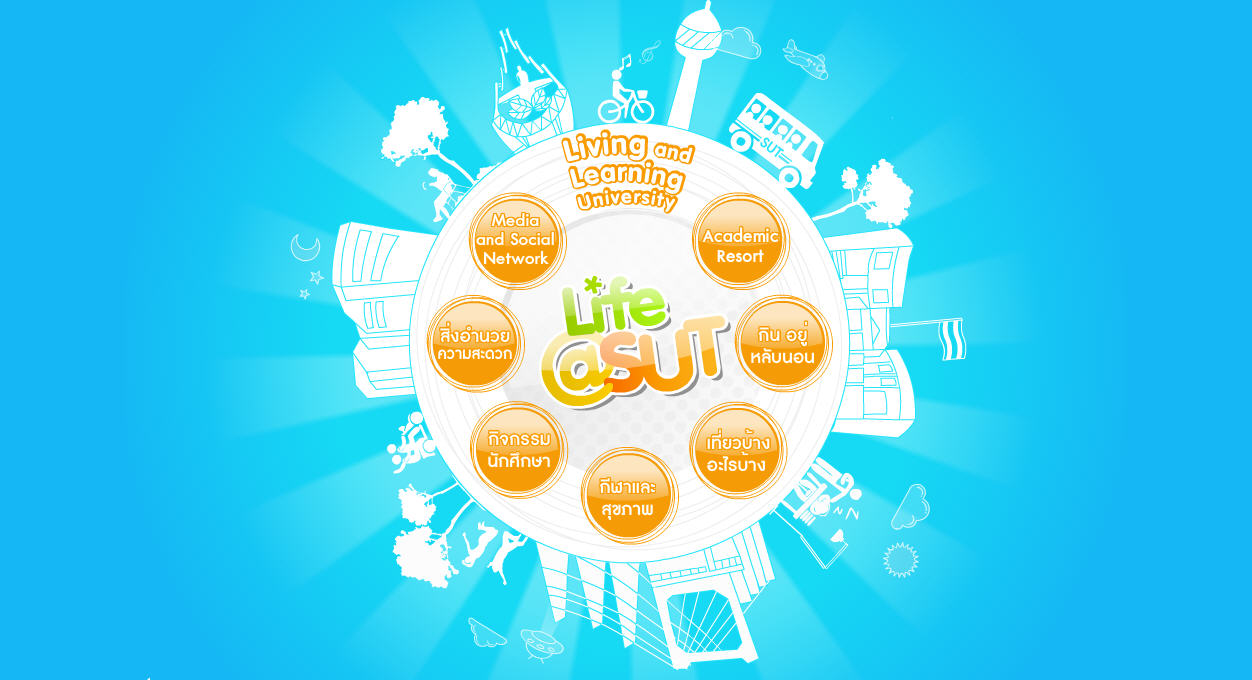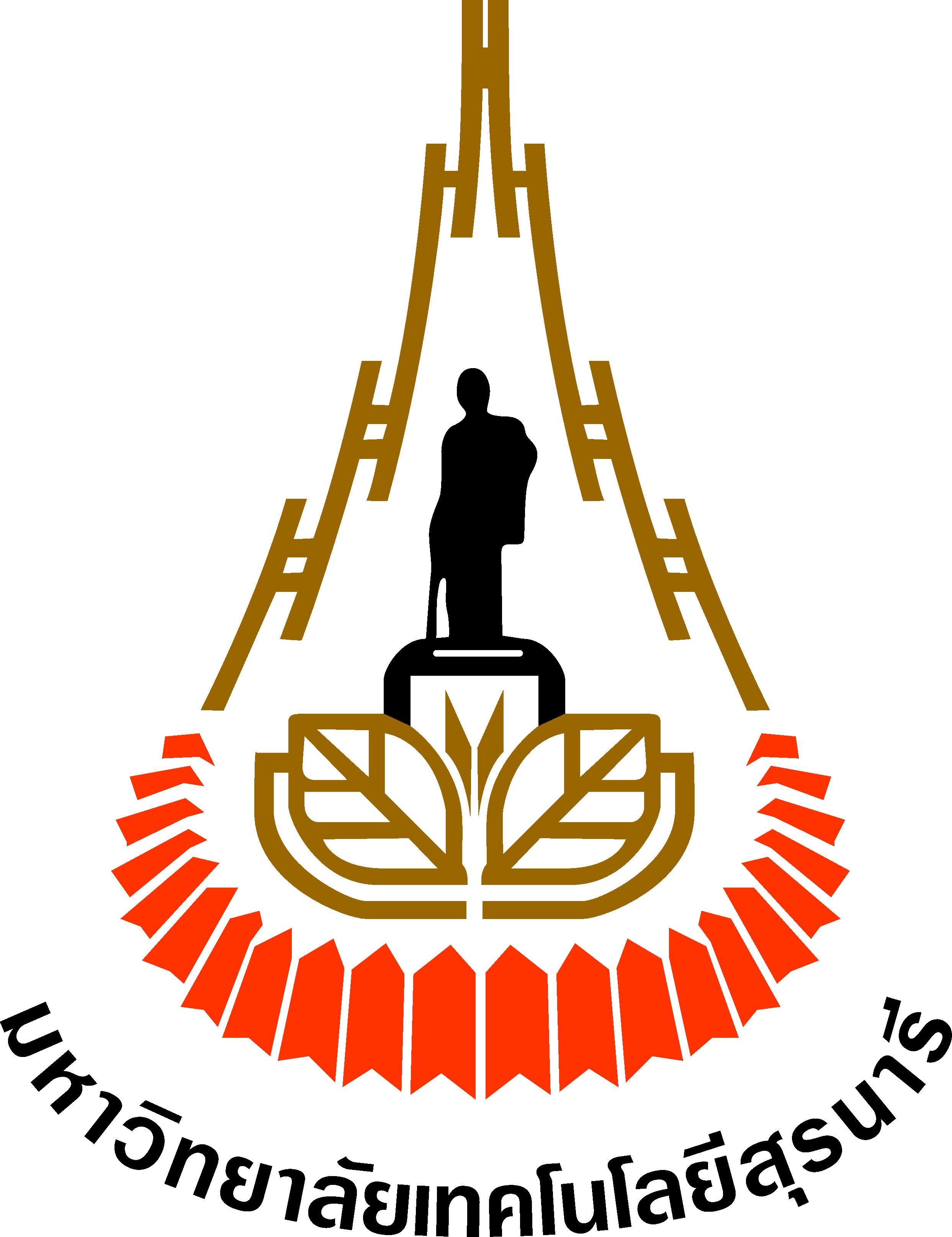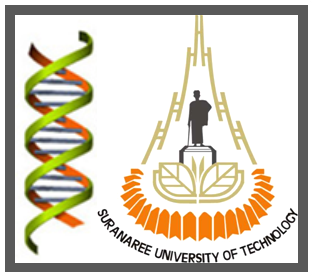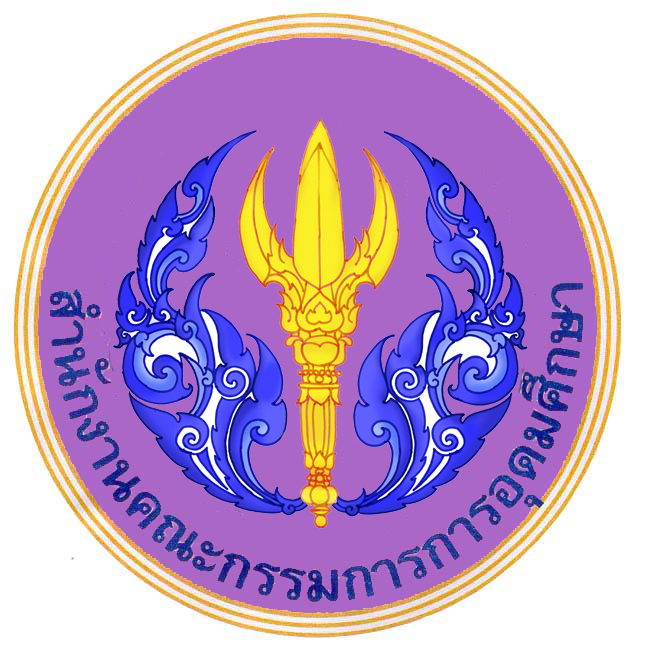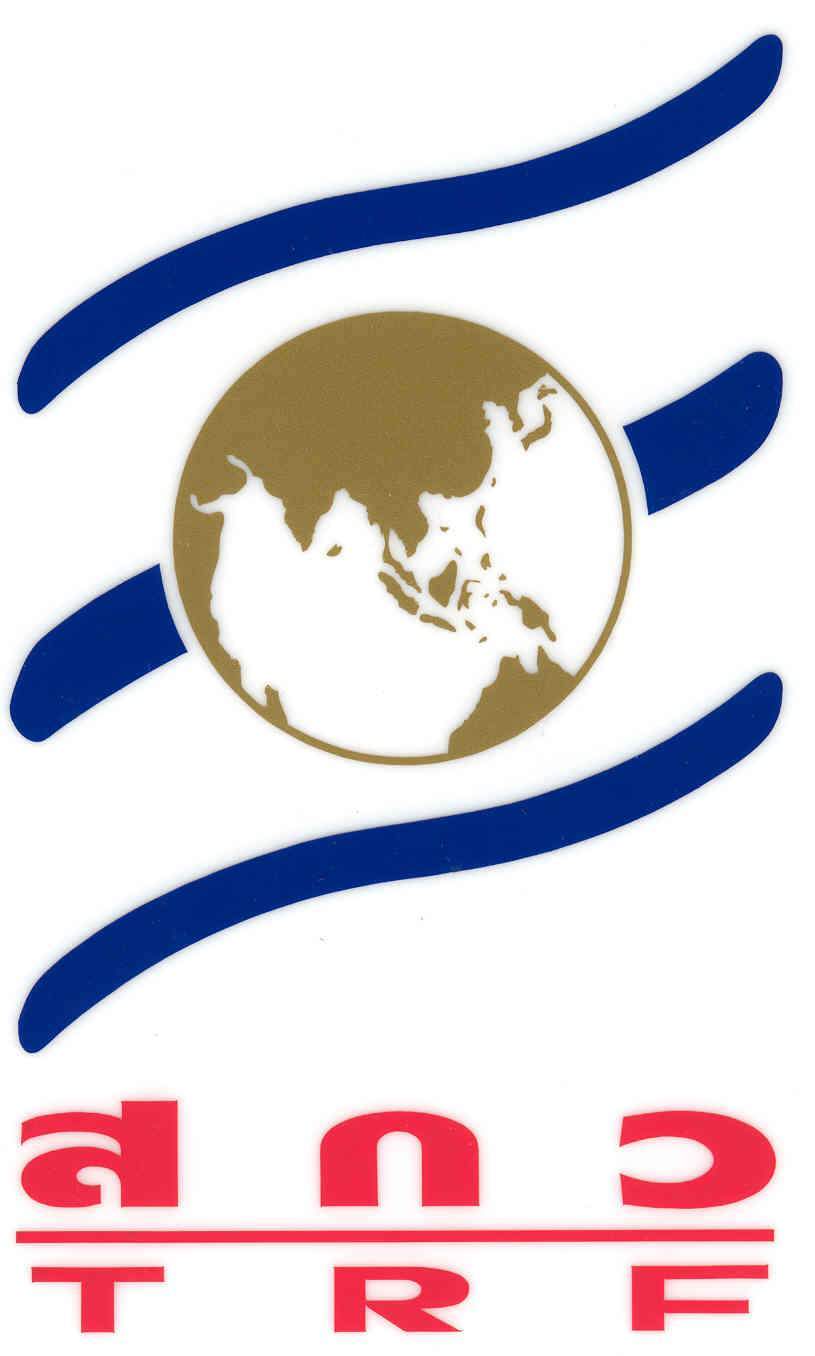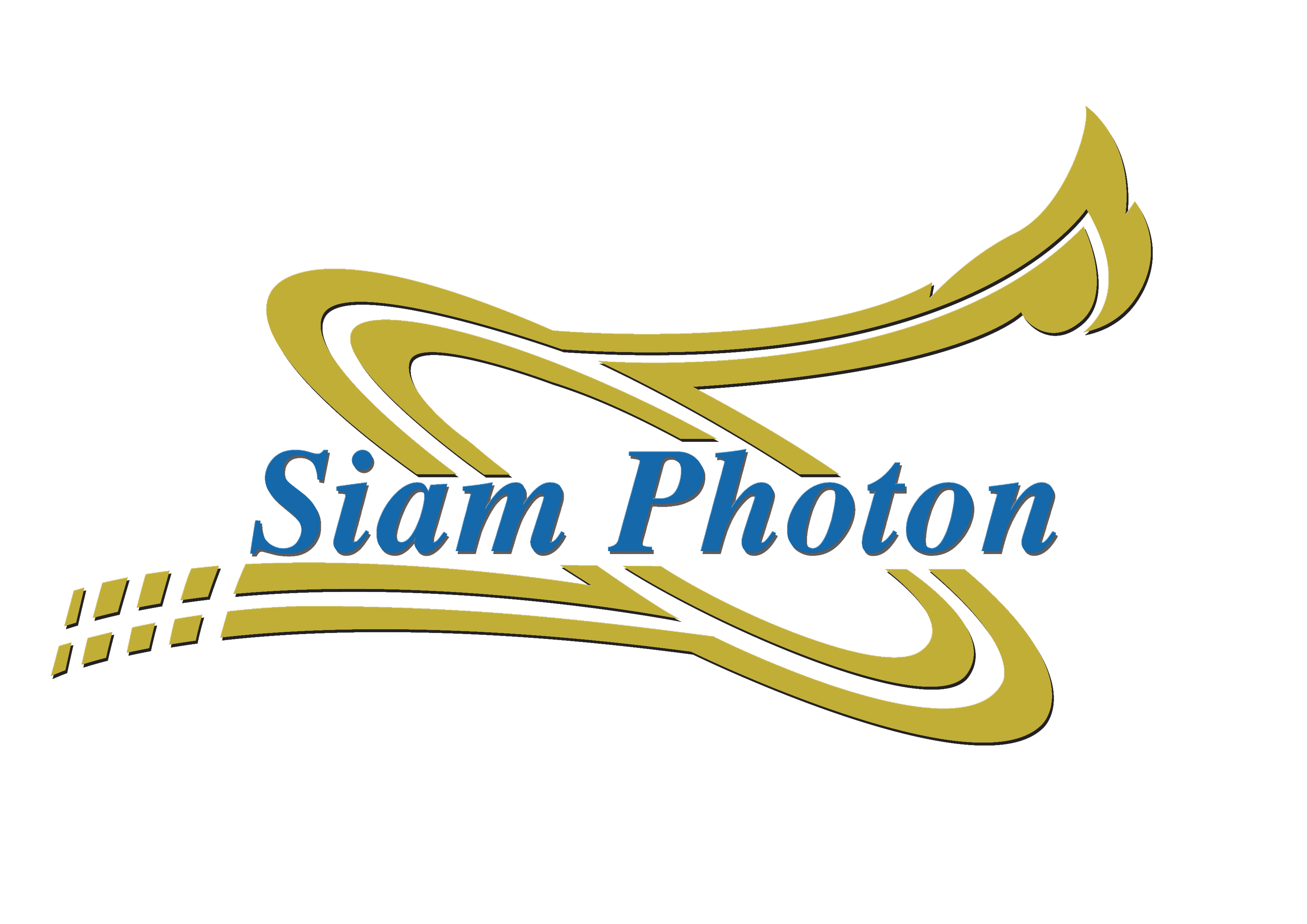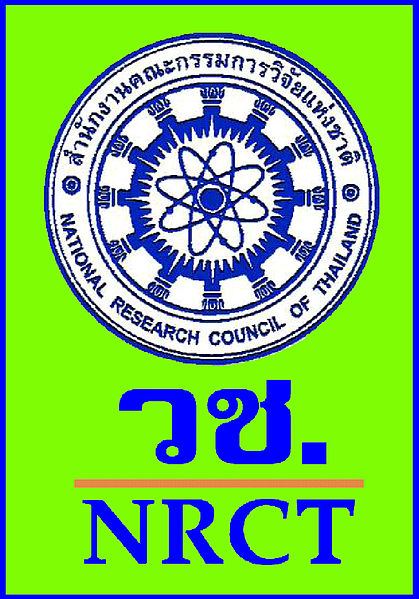Life at SUT
Living in Korat
Nakhon Ratchasima or commonly known as “Korat” is located on Korat plateau, the lower part of Northeastern plateau of Thailand. It is the second largest province in term of population (approximately 2.5 million), and the largest in the area. The city is about 260 kilometers northeast of Bangkok, and serves as the Gateway to the Northeastern Region of Thailnd. General areas are mainly within the high level plain, averagely in a range of elevations of 150–300 meters, there are mountain ranges, namely Khao Yai in the South, and Phanom Dong Ruk in the West. Other areas in the central part are on a low land plain that has 3 important rivers passing through. Average temperature of the year is 33°C, maximum in April (40.7°C) and lowest in December (16.7°C).
Nakhon Ratchasima is famous for Phimai ancient Khmer style sanctuary, Thao Suranari Monument, silk weaving village at Pak Thong Chai District, pottery, sand stone carving, and sculpture at Ban Dan Kwain, Chok Chai District, and the first national park, Khao Yai National Park at Pak Chong District.
TRANSPORTATION TO NAKHON RATCHASIMA
By car
Traveling by car from Bangkok to Nakhon Ratchasima is the most convenient option. There are at least three alternative routes to choose, depending on the starting point in Bangkok. Description of each route is as follows:
First route: From Bangkok, take Highway No. 1 (Phaholyothin Road) until arriving Saraburi province. At Saraburi, turn right at about km 105 marker to Highway No. 2 (Mittraphap Road) which finally leads to Nakhon Ratchasima. The total distance of this route is 256 kilometers.
Second route: This alternative route is a little longer in distance, but interesting towns and cities along route are considered worthy compensation. From Min Buri in Bangkok, take Highway No. 304 via Chachoengsao, Phanom Sarakham, Kabin Buri, Pak Thong Chai, and finally Nakhon Ratchasima. The total distance is 273 kilometers.
Third route: Take the Bangkok-Rangsit-Nakhon Nayok path (Highway No. 305, then connect Highway No. 33 to Kabin Buri and turn left along Highway No. 304, passing Wangnamkiao and Pak Thong Chai to Nakhon Ratchasima.
Traveling by car from other locations to Nakhon Ratchasima can consider Highway No. 1, 2, 24, 205, and 226 for most northern and northeastern provinces, Highway No. 3, 344, and 304 for most eastern provinces, and Highway No. 4, 1, and 2 for those who come from southern provinces.
By Bus
There are direct air-conditioned buses serving around the clock daily between Northeastern Bus Terminal in Bangkok (Mor Chit II) and Bus Terminals (both 1 and 2) in Nakhon Ratchasima. Bus leaves every 15 minutes in rush hours and 30 minutes in normal. It takes about 3.5–4 hours from Bangkok to Nakhon Ratchasima, depending on the traffic conditions. For information, call Ratchasima Tour Co., Ltd. at 0-2936-0615 in Bangkok or 0-4424-5443 in Nakhon Ratchasima or Air Korat Pattana Co., Ltd. at 0-2936-2252 in Bangkok or 0-4423-0378 in Nakhon Ratchasima.
For other locations, buses at Bus Terminal 1 and 2 service to many northeastern provinces. In addition, there are buses to the eastern parts, including Chon Buri, Pattaya, Rayong, and Chantaburi, and to the northern provinces, such as Nakhon Sawan, Lampang, Chiang Mai, and Chiang Rai.
By Train
The Royal States Railway of Thailand (RSR) provides 26 round trip services between Bangkok and Nakhon Ratchasima daily. Trains leave Bangkok Railway Station (Hua Lamphong) to Nakhon Ratchasima daily from 6.50 am to 11.25 pm. It takes about 5–6 hours.
For information for services to and from other northeastern provinces including Khonkaen, Udonthani, Buriram, Surin, Srisakes, and Ubolratchathani, please call 0-2223-7010 or 0-2223-7020, or visit http;//www.railway.co.th.
TRANSPORTATION TO SUT
By car
Traveling eastbound from Bangkok/Saraburi on Highway No. 2, take the u-turn bridge at the km 239 marker, then turn left almost immediately and follow the sign to SUT campus. Stay on the local road about 8 kilometers, then turn left to the road pasing through Sapanhin Village situated about 1 kilometer in front of the Gate No. 3.
Traveling northbound on Highway No. 304 from Pak Thong Chai, turn left at km 120 marker to the University Avenue 2. The avenue will straight to Gate No. 2 of the campus.
Traveling southbound on Highway No. 2 from Khon Kaen, Udonthani, and Nongkhai, take off Highway No. 2 and follow the by-pass to Saraburi/Bangkok, in order to avoid traffic congestion in the city. Subsequently, the by-pass will join Highway No. 304 on the south direction to Pak Thong Chai, follow the road and bear right at about km 228 marker to University Avenue 1, which will lead the way for about 5 kilometers to Gate No. 1 of SUT.
Traveling westbound from Korat downtown to SUT, once in the city, stay on Highway No. 2 on the west direction to Saraburi/Bangkok, then followed by a left turn to Highway No. 304 on the south direction to Pak Thong Chai. Afterward, proceed to km 228 marker and make a right turn to University Avenue 1 that will direct to Gate No. 1 of the campus.
By Bus
Traveling from the Bus Terminal 2 in Korat, take a bus No. 17 (purple line) that will take you directly to SUT campus. From Nakhon Ratchasima train station, take the bus No. 14 (yellow color) that service you to the university.
TRANSPORTATION ON SUT CAMPUS
The university has arranged 12 buses operating daily from 7 am to 8.30 pm for free-of-charge. The campus bus has an orange color with the name of the university on the side and service to major places in the university.


